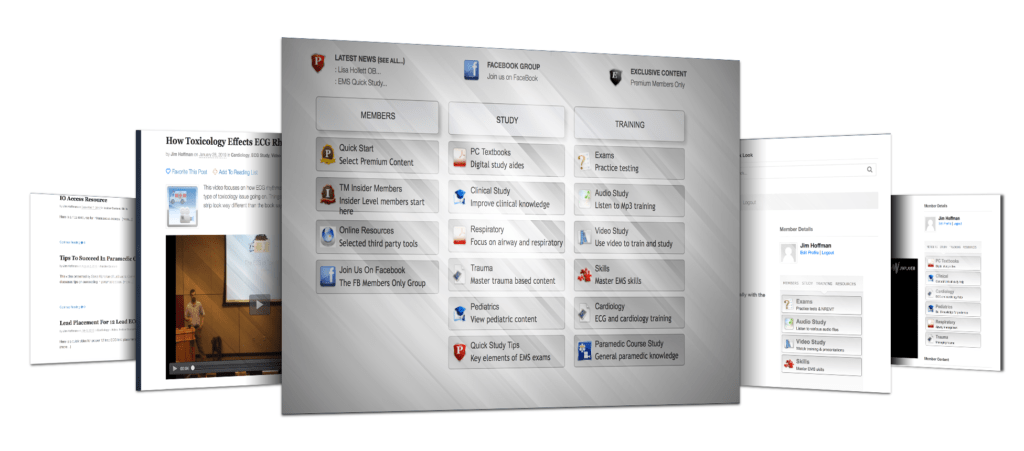Understanding the hallmark signs and symptoms of various medical and traumatic emergencies is crucial for EMS professionals.  So, in this post, I will show two distinct cases of a 44-year-old male experiencing chest pressure and difficulty breathing. These cases will help you identify key indicators for specific emergencies, which can be instrumental in passing the NREMT.
So, in this post, I will show two distinct cases of a 44-year-old male experiencing chest pressure and difficulty breathing. These cases will help you identify key indicators for specific emergencies, which can be instrumental in passing the NREMT.
Case 1: Pericarditis
In the first case, a 44-year-old male is experiencing chest pressure, unbearable pain, inability to sleep, fatigue, and a recent fever. When assessing these symptoms, it’s essential to consider the possibility of fluid in the lungs or pressure on the heart causing issues. However, the key signs in this case point towards pericarditis.
- Signs and symptoms of pericarditis include chest pain that worsens when lying down, is relieved by sitting up, unbearable pain, fatigue, and fever.
- The inflammation or infection of the pericardium (the sac surrounding the heart) causes pericarditis.
- To further assess the patient, ask if their chest pain worsens when lying down or improves when sitting up.
- An EKG would show ST elevation widespread, no reciprocal changes, which would confirm pericarditis.
Case 2: Tension Pneumothorax
The second case involves a hit-and-run MVA with a 44-year-old male experiencing chest pain and only able to speak one or two words per sentence. This case indicates a possible traumatic emergency.
- Signs and symptoms of tension pneumothorax include chest pain, diminished lung sounds on one side, jugular vein distention (JVD), and potential tracheal deviation.
- Tension pneumothorax occurs when air accumulates in the pleural space, causing pressure on the heart and impeding its ability to pump effectively.
- Possible causes of tension pneumothorax include trauma, such as a bullet wound or blunt force injury.
- If left untreated, tension pneumothorax can lead to obstructive shock due to the obstruction of blood flow caused by the pressure on the heart.
As you can see, EMS professionals must identify the key signs and symptoms of medical and traumatic emergencies, such as pericarditis and tension pneumothorax. By understanding these critical indicators, they can provide appropriate care and make informed decisions in the field.
Always remember to stay vigilant for these key signs and prioritize patient care in every situation. To further enhance your knowledge, engage in continued learning and practical experience to ensure success in the EMS field.
It's True. Over 900 EMT's & Paramedics are using Turbo Medic to finally see...
How To Pass Exams & Succeed In EMS. Even if they have struggled before on exams like the NREMT.
“Get a variety of study and review resources to help you pass exams, master content and be better at EMS”

